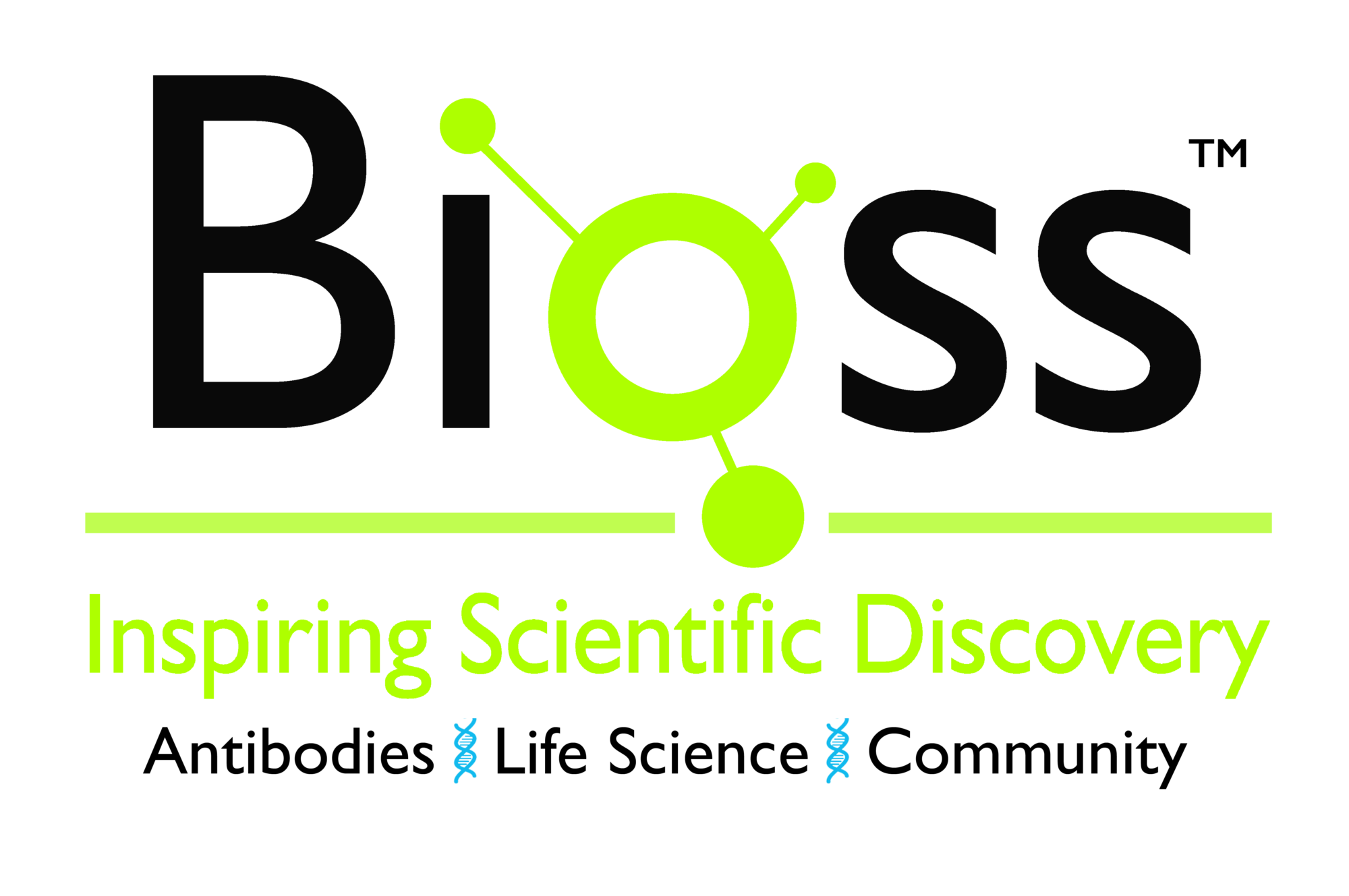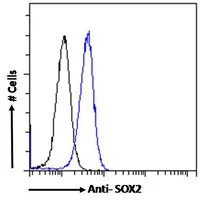SOX2 antibody [N1C3]
GTX101507
ApplicationsFlow Cytometry, ImmunoFluorescence, ImmunoPrecipitation, Western Blot, ImmunoCytoChemistry, ImmunoHistoChemistry, ImmunoHistoChemistry Frozen, ImmunoHistoChemistry Paraffin
Product group Antibodies
ReactivityAmphibian, Human, Mammals, Mouse, Rat
TargetSOX2
Overview
- SupplierGeneTex
- Product NameSOX2 antibody [N1C3]
- Delivery Days Customer9
- Application Supplier NoteWB: 1:5000-1:20000. ICC/IF: 1:100-1:1000. IHC-P: 1:100-1:1000. IHC-Fr: 1:100-1:1000. FACS: 1:50-1:200. IP: 1:100-1:500. *Optimal dilutions/concentrations should be determined by the researcher.Not tested in other applications.
- ApplicationsFlow Cytometry, ImmunoFluorescence, ImmunoPrecipitation, Western Blot, ImmunoCytoChemistry, ImmunoHistoChemistry, ImmunoHistoChemistry Frozen, ImmunoHistoChemistry Paraffin
- CertificationResearch Use Only
- ClonalityPolyclonal
- Concentration0.15 mg/ml
- ConjugateUnconjugated
- Gene ID6657
- Target nameSOX2
- Target descriptionSRY-box transcription factor 2
- Target synonymsANOP3, MCOPS3, transcription factor SOX-2, SRY (sex determining region Y)-box 2, SRY-box 2, SRY-related HMG-box gene 2, sex determining region Y-box 2, transcription factor SOX2
- HostRabbit
- IsotypeIgG
- Protein IDP48431
- Protein NameTranscription factor SOX-2
- Scientific DescriptionThis intronless gene encodes a member of the SRY-related HMG-box (SOX) family of transcription factors involved in the regulation of embryonic development and in the determination of cell fate. The product of this gene is required for stem-cell maintenance in the central nervous system, and also regulates gene expression in the stomach. Mutations in this gene have been associated with optic nerve hypoplasia and with syndromic microphthalmia, a severe form of structural eye malformation. This gene lies within an intron of another gene called SOX2 overlapping transcript (SOX2OT). [provided by RefSeq]
- ReactivityAmphibian, Human, Mammals, Mouse, Rat
- Storage Instruction-20°C or -80°C,2°C to 8°C
- UNSPSC12352203
References
- Calatayud-Baselga I, Casares-Crespo L, Franch-Ibáñez C, et al. Autophagy drives the conversion of developmental neural stem cells to the adult quiescent state. Nat Commun. 2023,14(1):7541. doi: 10.1038/s41467-023-43222-1Read this paper
- Tsai YF, Chan LP, Chen YK, et al. RAD51 is a poor prognostic marker and a potential therapeutic target for oral squamous cell carcinoma. Cancer Cell Int. 2023,23(1):231. doi: 10.1186/s12935-023-03071-wRead this paper
- Wang CH, Huang YF, Shyu WC, et al. Cbx7 promotes the generation of induced pluripotent stem cells. Regen Ther. 2023,24:443-450. doi: 10.1016/j.reth.2023.09.008Read this paper
- Liu S, Liu B, Li Q, et al. Transplantation of fibrin-thrombin encapsulated human induced neural stem cells promotes functional recovery of spinal cord injury rats through modulation of the microenvironment. Neural Regen Res. 2024,19(2):440-446. doi: 10.4103/1673-5374.379049Read this paper
- Cuevas-Ocaña S, Yang JY, Aushev M, et al. A Cell-Based Optimised Approach for Rapid and Efficient Gene Editing of Human Pluripotent Stem Cells. Int J Mol Sci. 2023,24(12). doi: 10.3390/ijms241210266Read this paper
- Chen A, Wang M, Xu C, et al. Glycolysis mediates neuron specific histone acetylation in valproic acid-induced human excitatory neuron differentiation. Front Mol Neurosci. 2023,16:1151162. doi: 10.3389/fnmol.2023.1151162Read this paper
- Jin C, Wu Y, Zhang H, et al. Spinal cord tissue engineering using human primary neural progenitor cells and astrocytes. Bioeng Transl Med. 2023,8(2):e10448. doi: 10.1002/btm2.10448Read this paper
- Masola V, Franchi M, Zaza G, et al. Heparanase regulates EMT and cancer stem cell properties in prostate tumors. Front Oncol. 2022,12:918419. doi: 10.3389/fonc.2022.918419Read this paper
- Ye P, Chi X, Yan X, et al. Alanine-Glyoxylate Aminotransferase Sustains Cancer Stemness Properties through the Upregulation of SOX2 and OCT4 in Hepatocellular Carcinoma Cells. Biomolecules. 2022,12(5). doi: 10.3390/biom12050668Read this paper
- De Tomi E, Campagnari R, Orlandi E, et al. Upregulation of miR-34a-5p, miR-20a-3p and miR-29a-3p by Onconase in A375 Melanoma Cells Correlates with the Downregulation of Specific Onco-Proteins. Int J Mol Sci. 2022,23(3). doi: 10.3390/ijms23031647Read this paper





